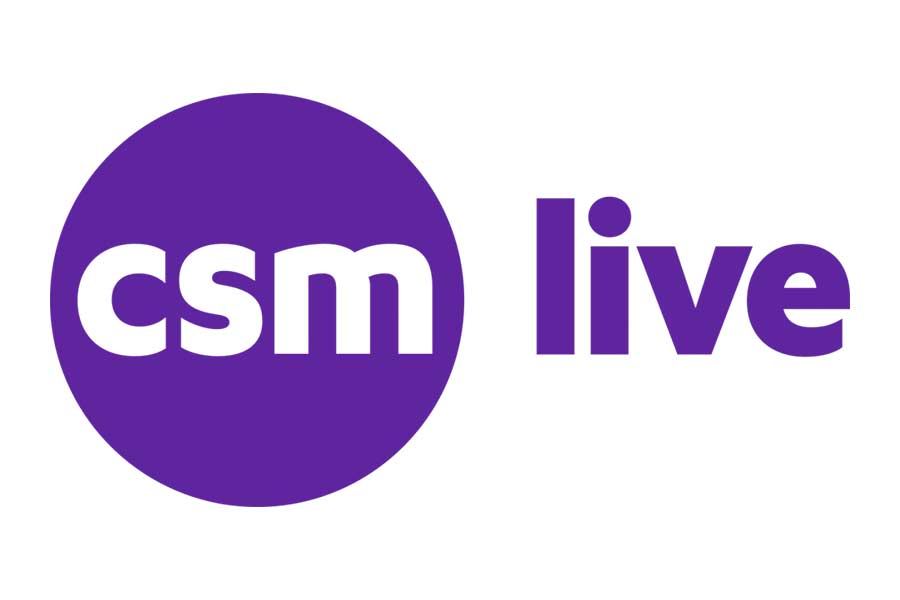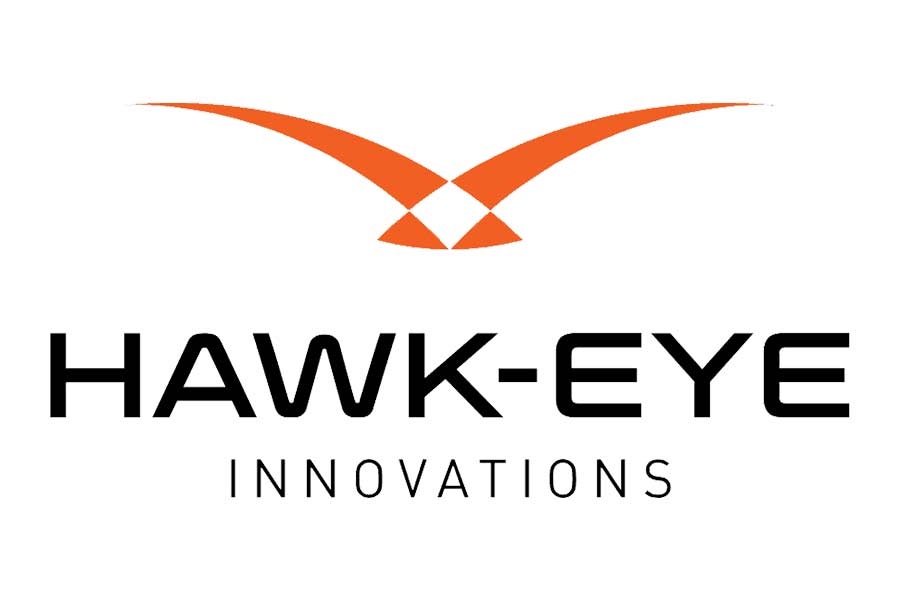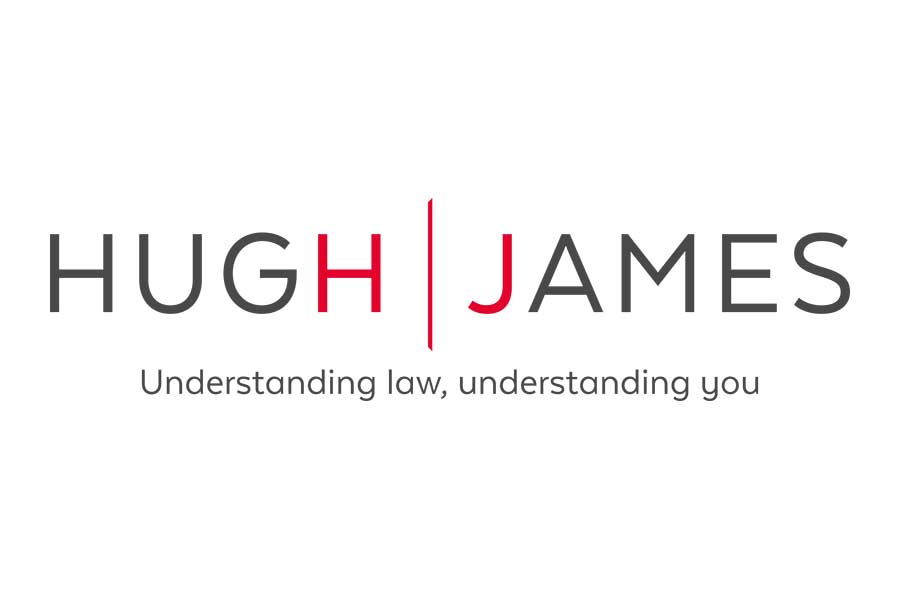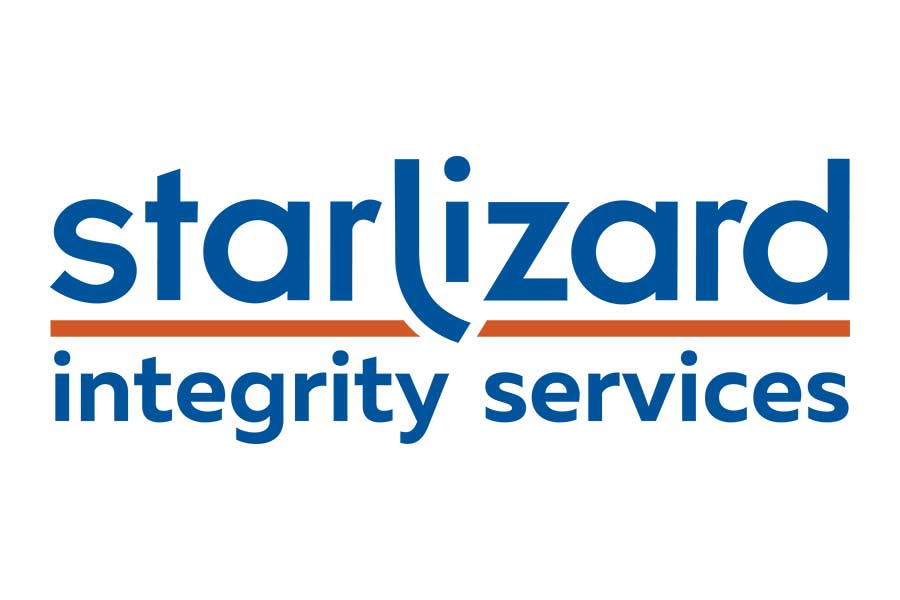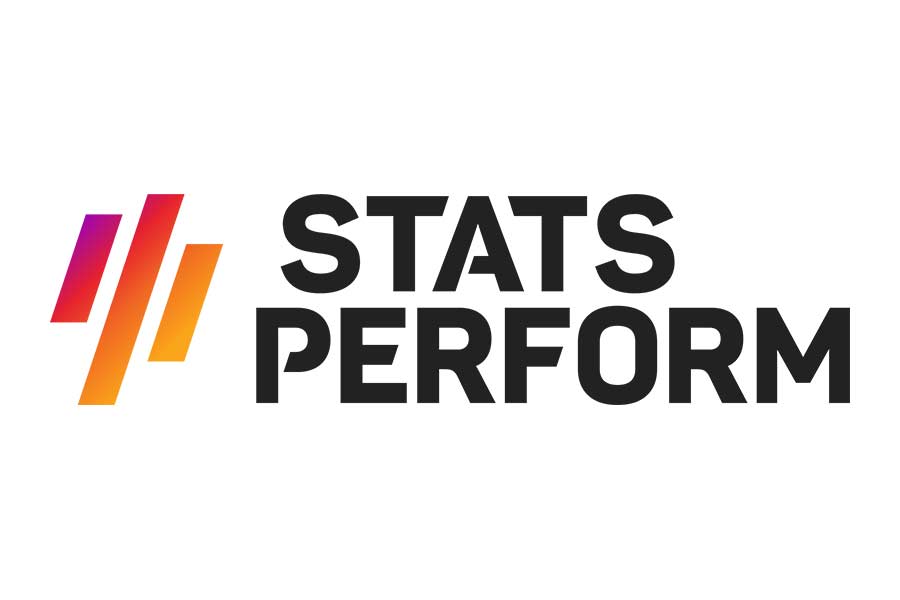Piracy represents a critical weakness in the digital sports media economy. The industry loses an estimated $28.3 billion of revenues a year lost to illicit distribution of premium sports content.
That number could be moving towards $50 billion in the next five years. Yet as noted by Simon Hanna, regional vice president for the EMEA region at Friend MTS, not every content owner is ready to see a direct business case in anti-piracy solutions.
The evidence would suggest otherwise. In surveys cited by Hanna, 74 per cent of viewers said they would switch to legal services if illegal sources were made unavailable. In 2018, he pointed out, the Premier League blocked 200,000 illegal streams during the season and broadcast partner Sky Sports saw a resultant uptick in audience figures and subscriber numbers.
What is critical, Hanna explained, is that content owners understand anti-piracy as an ongoing struggle.
“Anti-piracy is about disruption,” he said, speaking during a masterclass session at the International Sports Convention. “If you’re not doing anything because you’re waiting for a silver bullet that can solve 100 per cent of your problems, you’re going to be waiting for a long time.”
It is also crucial to appreciate the sophistication of many pirate operations, which are building functional businesses – taking direct payments over services like PayPal and even selling advertising – with stolen content.
“Pirates have moved on,” Hanna said. “Pirates have a commercial operation. Pirates are making a lot of money. In some cases, pirate services are virtually indistinguishable from legitimate services.”
An effective anti-piracy strategy has several layers. It begins with assessing the roles, responsibilities and motivations of all the parties in a rights partnership – from rights owners to broadcasters and distribution platforms. Then comes the identification of vulnerabilities in the content creation and distribution chain. Friend MTS describes this process as going “from glass to glass and beyond”, looking at all the points where the content can be stolen from the feed leaving the camera all the way to the viewer’s own screen.
The threat of ‘restreaming piracy’ – the capture and onward distribution of content at the user end – is a growing threat. Pirates utilise HDMI connected devices like Roku boxes to capture feeds and send them out again, or employ tools designed for gamers to stream content that is playing on their own computer desktops.
Anti-piracy tools are being adapted to tackle these challenges. Using “subscriber-level watermarking”, Hanna said, Friend MTS is able to ascribe individual content streams to a subscriber account – a forensic process that allows broadcasters to block individual users if they are found to be pirating streams. Watermarking is also possible at the distributor level, helping to identify thefts further back in the chain.
These solutions must ultimately be plugged into an end-to-end content security system that is operable across all device categories – including legacy products. By coupling that with global monitoring, intelligence data like block-lists and rapid legal enforcement, it is possible to systematically undermine the activities of pirates.
Every illicit stream that is disabled, Hanna concluded, is a chance to push users back towards legitimate sources – and that carries its own commercial benefit.


